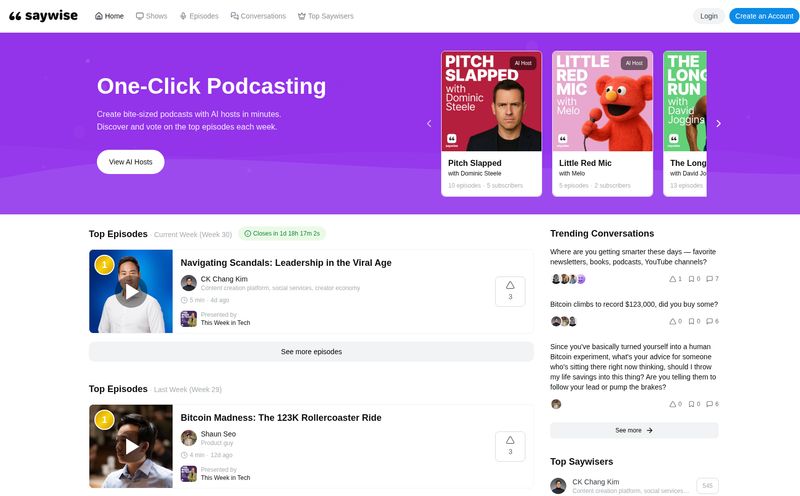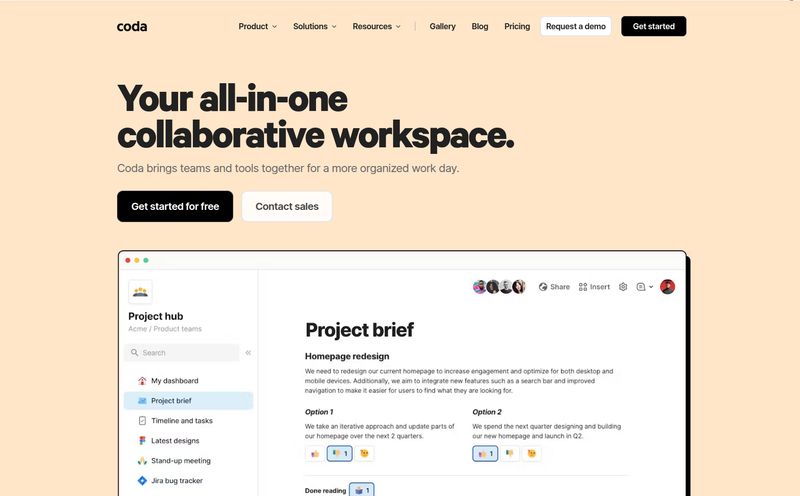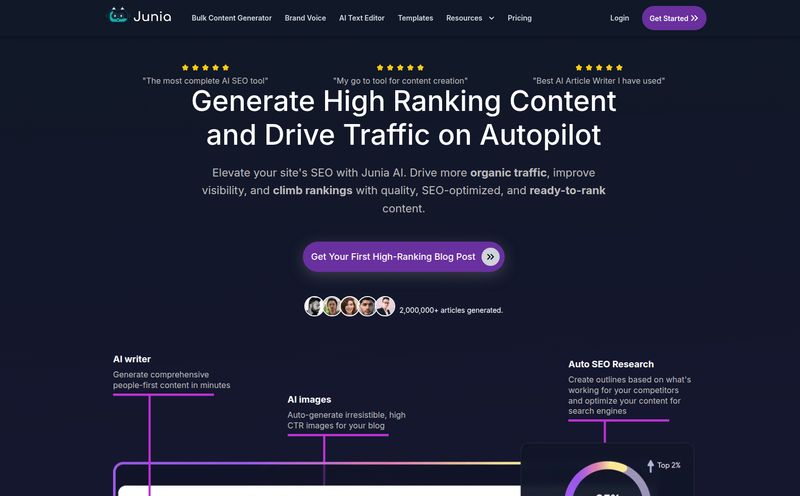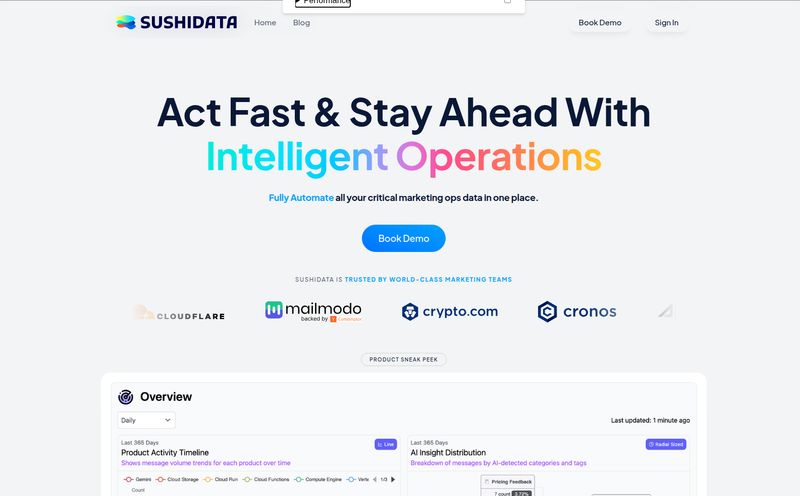If I had a dollar for every hour I've lost in a meeting that could have been an email, I'd be writing this from a private island. Meetings. The bane of modern work life. Sometimes, you find yourself in a meeting to prepare for another meeting, a spiraling vortex of calendars and lost productivity from which there seems to be no escape.
We've all been there, frantically trying to jot down notes while also trying to sound intelligent. Who said what? What was that action item? Was it Dave or David who was supposed to follow up? By the end, your notes look like a toddler's treasure map, and the key decisions are already fading from memory.
For years, the promise of AI has been dangling in front of us, a carrot of automated efficiency. We've seen a flood of AI meeting assistants, all claiming to be the silver bullet. And now, a new player called Shadow has entered the ring, and I have to say, it’s making some pretty bold claims. But is it just another clone, or is it something genuinely different?
So What Exactly is Shadow?
In a nutshell, Shadow is an AI-powered assistant that aims to be the silent, hyper-efficient secretary you've always dreamed of. It works in the background of your meetings—think Zoom, Google Meet, Teams—and automatically transcribes the entire conversation. But it doesn't just stop at giving you a wall of text. Oh no. It analyzes the discussion to pull out the good stuff: decisions, key insights, and most importantly, those pesky action items.
The goal is to turn every meeting into a permanent, searchable knowledge asset. Imagine being able to ask your meeting history, “What did we decide about the Q3 budget last month?” and getting a straight answer. That’s the future Shadow is selling.
What really caught my eye is that it doesn’t require you to invite a clunky “Shadow Bot” into your meeting. It just… works. It captures everything discreetly, which is a huge step up from announcing to your new client, “Hold on, let me just invite my robot note-taker.”
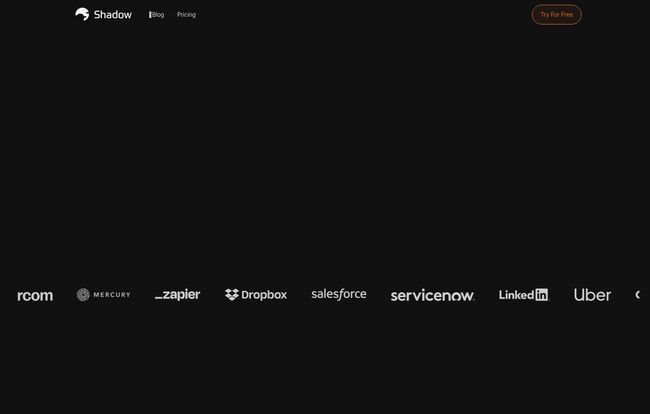
Visit Shadow AI
The Privacy Angle That Actually Matters
Okay, let’s talk about the elephant in the room with any AI tool: privacy. We're all a bit wary of where our data is going, and for good reason. Sending recordings of sensitive internal meetings or high-stakes sales calls to some random third-party cloud feels… risky. This is where Shadow immediately got my attention. Their approach to privacy isn't just a footnote in the terms of service; its a core feature.
They built their system on three key promises:
- Local Processing: This is the big one. Shadow processes the audio and generates the transcript on your own device. Your meeting data never touches their cloud unless you explicitly tell it to. It's like having a secret conversation in your own locked office versus shouting it in a crowded coffee shop. The privacy implications here are massive, especially for legal, healthcare, or finance professionals.
- Full Control Over Your Data: Nothing is shared without your permission. You are the master of your data domain. Simple as that.
- No Data Used for Training: They explicitly state that your conversations aren't being used to train their AI models, even pointing to OpenAI's Enterprise Policy as their standard. This is a direct shot across the bow of other tech companies and a massive trust-builder for users.
In an age of data leaks and privacy scandals, this privacy-first stance isn't just nice to have; it's a necessity for any serious business tool.
Let's Talk Features - The Nuts and Bolts
A tool can have all the privacy policies in the world, but if it doesn't work well, who cares? So, what can Shadow actually do?
From Chatter to Chapters - Automatic Transcription
At its core, Shadow provides automatic transcriptions with speaker identification. Like any transcription tool, the accuracy is going to heavily depend on the audio quality. If you have people talking over each other with bad microphones, you can’t expect magic. Garbage in, garbage out. But with a reasonably clear conversation, it does a solid job of creating a readable record of the meeting.
Finding the Gold - Action Items and Insights
This is where the real value is. A transcript is just data; insights are what move the needle. Shadow sifts through the conversation to identify when someone commits to a task. It automatically flags things like, “Sarah will send over the latest mockups by EOD Friday.” This feature alone could save project managers hours of follow-up and prevent crucial tasks from falling through the cracks. It's designed to solve that dreaded post-meeting question: “So… what’s next?”
The Promise of Automation (And a Reality Check)
The website teases AI-powered workflow automation, and this gets me excited. Imagine a world where a discussion about a new feature request in a meeting could automatically generate a task in Asana or a ticket in Jira. Or a sales call where a follow-up email is drafted and connected to your Salesforce contact. The potential is enormous, thanks to integrations with platforms like Zapier and Salesforce.
Now for the reality check: the website says this is “coming.” So, it’s not quite here yet. I appreciate the transparency, but it’s something to keep in mind. The foundation is there, but the fully automated, interconnected dream is still on the horizon.
Where Shadow Shines (And Where It Stumbles)
After digging in, a few things are crystal clear. Shadow’s biggest win is its seamless, privacy-first operation. The “set it and forget it” nature of the tool combined with local processing is a powerful combination. You get the benefits of AI without the creepy feeling that you’re being spied on. That’s a huge psychological hurdle cleared.
On the flip side, no tool is perfect. The reliance on clear audio is a given for any transcription service, so I can't fault them too much for that. One potential hiccup is that to get the most out of the advanced AI skills (like those future workflows), you will likely need to share the transcript with the AI. It's a logical trade-off—the AI can't analyze what it can't see—but it's a small compromise on the “everything local” promise that users should be aware of. Still, it seems to be on a permission-only basis, which is fair.
What's the Damage? A Look at Shadow's Pricing
Ah, the all-important question: how much does it cost? As of right now, there's no public pricing page. The site has a “Try for Free” button, which suggests either a freemium model or a free trial period is in the works. My gut feeling, based on other B2B SaaS tools in this space, is that we'll likely see a tiered structure—perhaps a free plan with basic transcription and a paid plan (or plans) that unlock the advanced AI analysis, unlimited meetings, and premium integrations. For now, you’ll have to hit that button and see for yourself.
Who is This Tool Really For?
So, who should be rushing to try Shadow? Honestly, almost anyone who feels like they live in meetings.
- Project Managers: To automatically capture action items and keep projects on track.
- Sales Teams: To analyze client calls, pull out key objections and commitments, and update their CRM.
- Executives and Team Leads: To maintain a searchable archive of decisions without needing to be in every single meeting.
- Agencies and Consultants: To meticulously document client conversations and deliverables.
The list of integrations, including Salesforce, Dropbox, and ServiceNow, clearly signals that Shadow is built for professionals who need to connect their conversations to their actual workstreams.
Final Thoughts on the Future of Meetings
I’ve seen a lot of AI tools come and go, many of them over-promising and under-delivering. Shadow feels different. It's tackling a real, universal problem with a thoughtful, privacy-centric approach. While some of its most exciting features are still on the roadmap, the foundation is incredibly strong.
It’s not just another transcription service. It’s aiming to be the central nervous system for your company's spoken knowledge. If they can nail the execution of their promised workflows, Shadow could very well be the tool that finally makes us hate meetings a little bit less. And that, my friends, is a future I’m ready for.
Frequently Asked Questions about Shadow AI
- How does Shadow protect my privacy?
- Shadow's main privacy feature is local processing. It transcribes and analyzes meetings directly on your computer, so sensitive data doesn't get sent to an external cloud by default. They also have a strict policy against using your data for training their AI.
- Does Shadow work with platforms like Zoom and Google Meet?
- Yes, it's designed to work in the background with major meeting platforms like Zoom, Google Meet, and Microsoft Teams, capturing audio without needing a special bot invitation.
- Do I need to invite a bot to my meetings?
- No. One of the key benefits of Shadow is that it operates silently on your machine. There's no need to invite a bot, which keeps the meeting experience natural for all participants.
- What happens if the audio quality in a meeting is poor?
- Like all transcription services, Shadow's accuracy will be affected by poor audio. For the best results, it’s recommended that participants use decent microphones and try to avoid speaking over one another.
- What are the AI-powered workflows?
- These are upcoming features that will allow Shadow to connect meeting outcomes to other apps. For example, it could automatically create tasks in project management software or update a CRM record based on what was discussed in a meeting.
- How much does Shadow cost?
- Currently, there is no public pricing information available on their website. They offer a free trial, which suggests a subscription model will be available soon. It’s best to check their website directly for the most current details.
Reference and Sources
- Official Shadow Website: (A placeholder link, as the actual URL wasn't provided)
- OpenAI's Enterprise Privacy Policy: https://openai.com/enterprise-privacy
